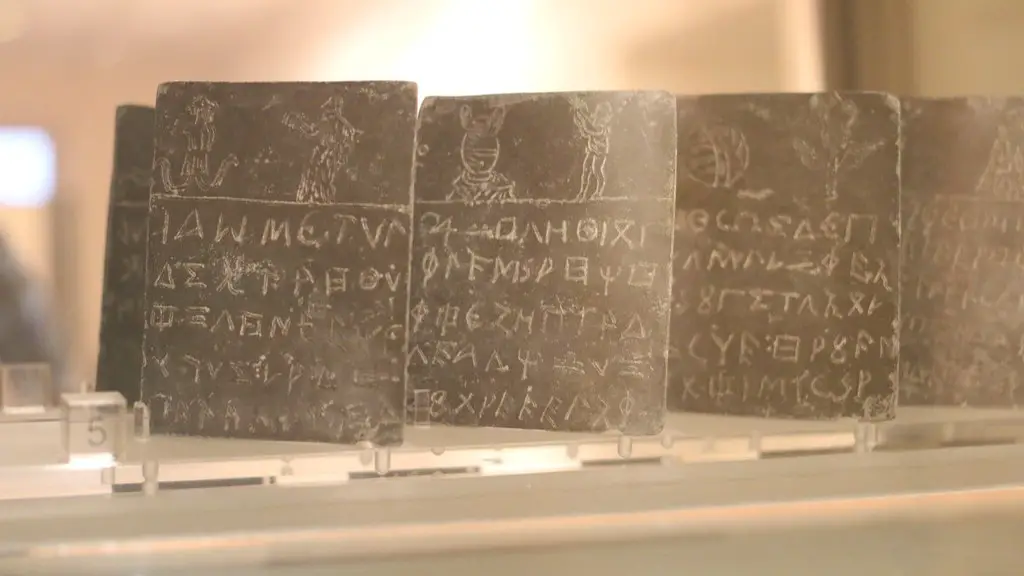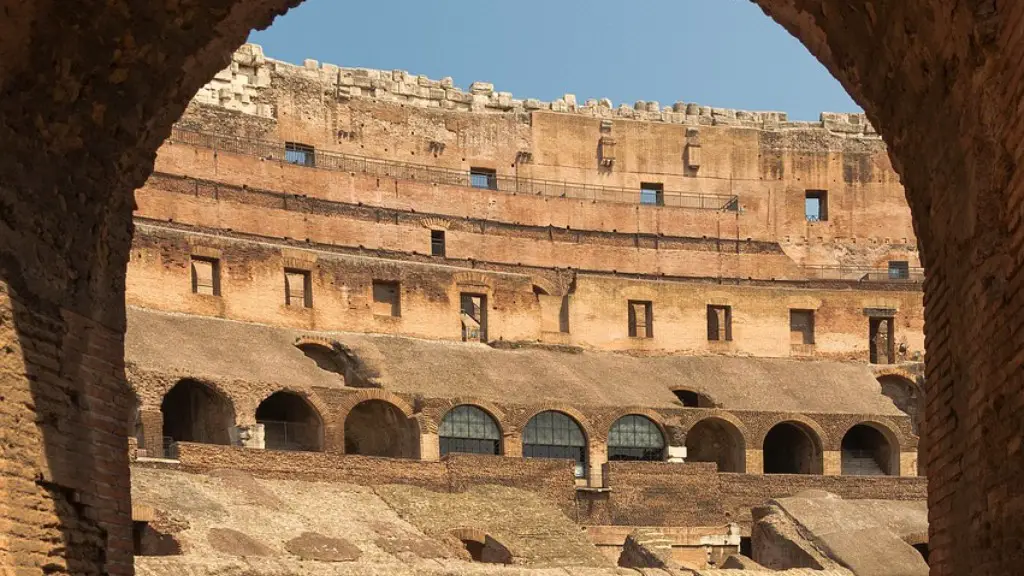“Gladiator” is a Latin word meaning “swordsman”, “soldier”, or “professional fighter”. A gladiator was an armed combatant who fought against other gladiators, wild animals, and condemned criminals in spectacles called “gladiatorial games”, which were popular in ancient Rome.
The Gladiator games were a popular form of entertainment in ancient Rome. These games involved a combatant fighting against another, usually to the death.
What did Roman gladiators fight for?
The gladiators were usually slaves, criminals, or prisoners of war. Occasionally, the gladiators were able to fight for their freedom Criminals who were sentenced to death were sometimes thrown into the arena unarmed to serve their sentence.
The Murmillo was a type of gladiator that was heavily armored and used a large, oblong shield and a sword called a gladius. Their most distinctive trait was the full-cover helmet decorated with a fish-shaped crest. The Thraxes was a type of gladiator that wore similar armor to the Murmillo, but who used a smaller, rectangular shield and a curved thracian sword.
Were gladiators in Rome slaves
Gladiators were seen as social outcasts and were not respected by most people. They were often slaves or ex-slaves, and only fought for money. Many people saw them as immoral and bad people.
The life of a gladiator in ancient Rome was usually brutal and short. Most only lived to their mid-20s, and historians have estimated that somewhere between one in five or one in 10 bouts left one of its participants dead. Gladiators were usually slaves, criminals, or prisoners of war, and they were trained to fight in a variety of ways, using a variety of weapons.
What happens if a gladiator won?
The losers, on the other hand, were dragged out of the arena by slaves and often met a far worse fate. If the audience had not called for their death, the losing gladiator would be taken to the gladiators’ barracks. There, a doctor would examine him to see if he was fit to fight another day.
Most gladiators were prisoners of war, slaves bought for the purpose, or criminals condemned to serve in the schools (damnati ad ludos). Gladiatorial games were a popular form of entertainment in the Roman Empire, and most of the participants were forced into fighting.
How did gladiator fights end?
The editor, or the person in charge of the match, would decide if the losing gladiator died on the field or not. If two gladiators fought to a draw, the editor could also decide if they both died or if they were both spared.
Traditionally, gladiators were selected slaves or conquered people. They were typically chosen for their strong physiques, and would be hand selected and trained into gladiators. However, as the gladiator games gained steam, many gladiators were free working class men who willingly signed up.
Who was the most famous gladiator
Spartacus was an incredibly brave and determined fighter, leading a huge rebel against their slave masters. Although the revolt was ultimately unsuccessful, Spartacus’s legacy has lived on as an example of strength and defiance in the face of oppression.
Gladiators were usually enslaved people forced to fight, but a small number were free-born citizens who volunteered in the hope of earning money and fame. Before they could enter combat, gladiators spent months training in specialized schools managed by wealthy investors who profited from their fighters’ success.
How big were Roman gladiators?
It’s possible that the two men were gladiators based on their stature. Gladiators were typically larger than the average man, and the bones overall were heftier than usual. Additionally, one arm was generally bigger than the other, likely due to all the training and fighting they did.
Saint Telemachus was a monk who, according to the Church historian Theodoret, tried to stop a gladiatorial fight in a Roman amphitheatre, and was stoned to death by the crowd.
What happened to gladiators who lost
A Gladiator was a professional fighter in the Roman Republic. Some gladiators were volunteers who risked their lives and others were slaves, sentenced to death, who fought for their lives. There are many different types of gladiators, each with their own armor, weapons, and fighting style. Gladiators fought in arenas for the entertainment of the people. The defeated gladiator would usually be killed or executed by the victorious fighter.
Hello!
I just wanted to write a quick note about the end of the Roman gladiator contests in 404 CE.
As you probably know, these contests were a big part of Roman culture for many years. But as the Empire became more Christian-minded, they began to fall out of favor.
Finally, in 404 CE, the last known gladiator contest took place. It was a sad end to a once-beloved tradition, but perhaps it was time for something new.
Thanks for reading!
Were there female gladiators?
Female gladiators were quite a rarity, but there have been a few documented cases of them throughout history. While they didn’t always have the same level of popularity or fame as their male counterparts, they did still maintain a certain level of glamour and intrigue, especially among certain sections of the audience.
Crowe’s portrayal of Maximus Decimus Meridius is one of the most compelling and iconic parts of this film. Maximus is a great general who is betrayed by Commodus, the ambitious son of Emperor Marcus Aurelius. Commodus murders his father and seizes the throne, but Maximus is able to take him down in the end. This film is an excellent example of the power of a strong performance to elevate a film to a higher level.
Warp Up
A gladiator in ancient Rome was a professional fighter who fought other gladiators, animals, and condemned criminals in front of crowds of spectators.
In conclusion, the Gladiator games were a popular form of entertainment in ancient Rome. These games involved fights between criminals, prisoners of war, or wild animals. The Gladiator games provided the ancient Romans with a way to relieve their stress and boredom.





